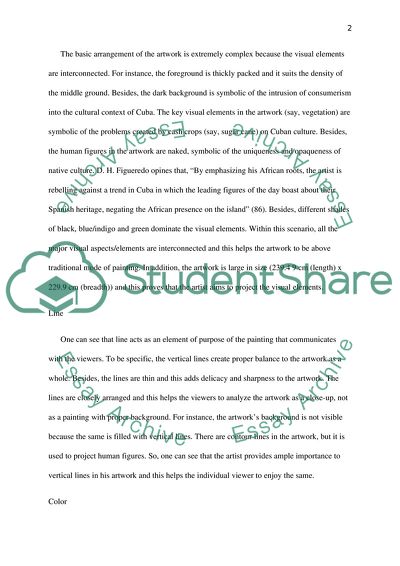Cite this document
(Artwork Analysis: The Jungle by Wilfredo Lam Case Study Example | Topics and Well Written Essays - 1250 words - 1, n.d.)
Artwork Analysis: The Jungle by Wilfredo Lam Case Study Example | Topics and Well Written Essays - 1250 words - 1. https://studentshare.org/visual-arts-film-studies/1819206-artwork-analysis
Artwork Analysis: The Jungle by Wilfredo Lam Case Study Example | Topics and Well Written Essays - 1250 words - 1. https://studentshare.org/visual-arts-film-studies/1819206-artwork-analysis
(Artwork Analysis: The Jungle by Wilfredo Lam Case Study Example | Topics and Well Written Essays - 1250 Words - 1)
Artwork Analysis: The Jungle by Wilfredo Lam Case Study Example | Topics and Well Written Essays - 1250 Words - 1. https://studentshare.org/visual-arts-film-studies/1819206-artwork-analysis.
Artwork Analysis: The Jungle by Wilfredo Lam Case Study Example | Topics and Well Written Essays - 1250 Words - 1. https://studentshare.org/visual-arts-film-studies/1819206-artwork-analysis.
“Artwork Analysis: The Jungle by Wilfredo Lam Case Study Example | Topics and Well Written Essays - 1250 Words - 1”. https://studentshare.org/visual-arts-film-studies/1819206-artwork-analysis.


